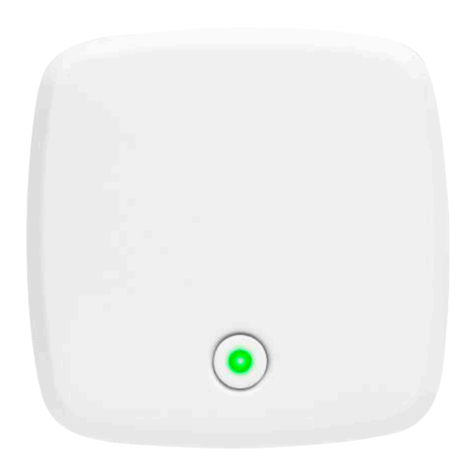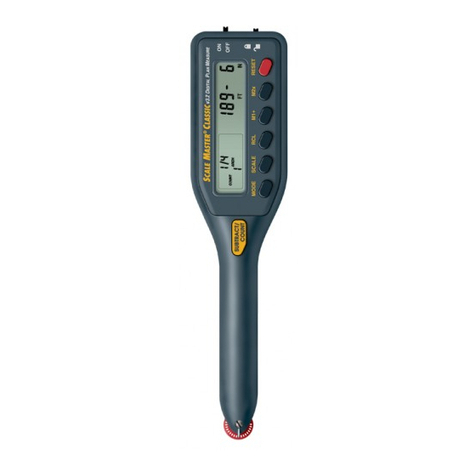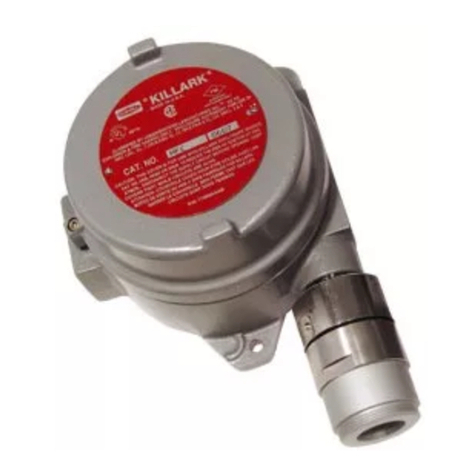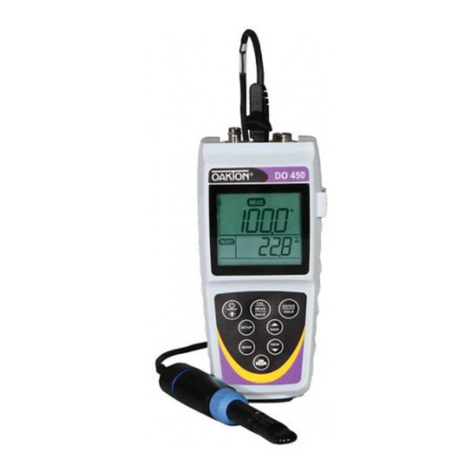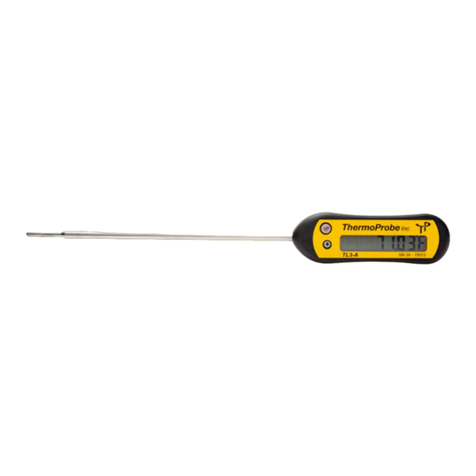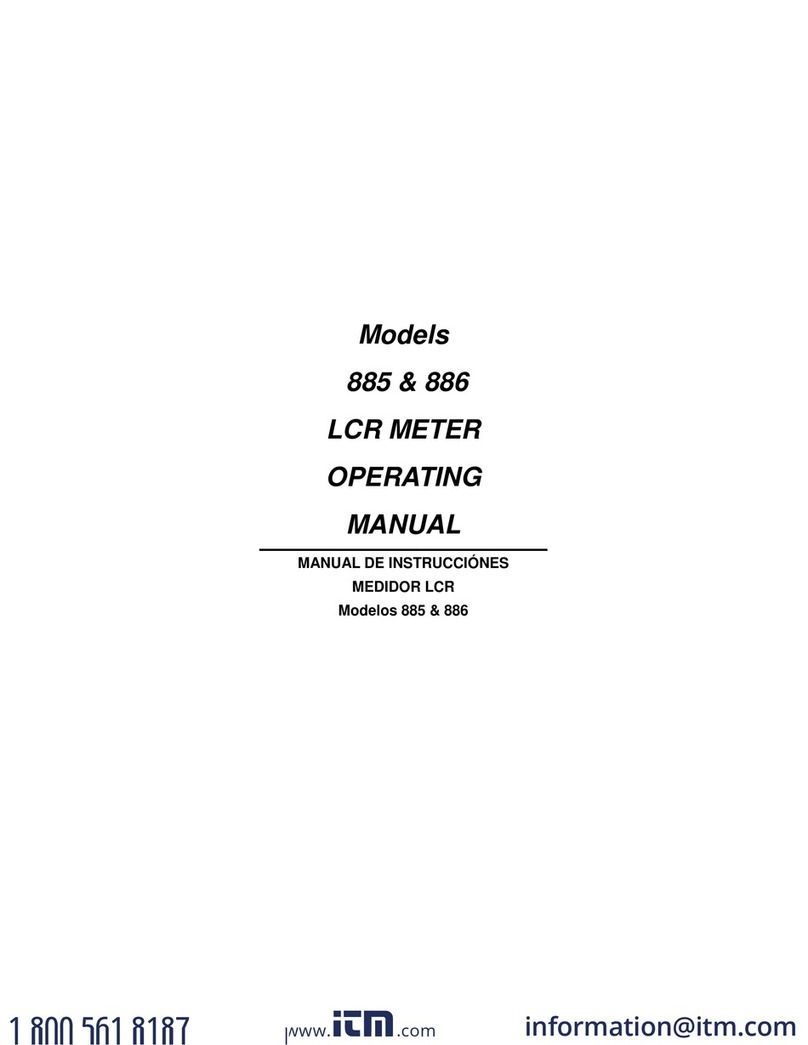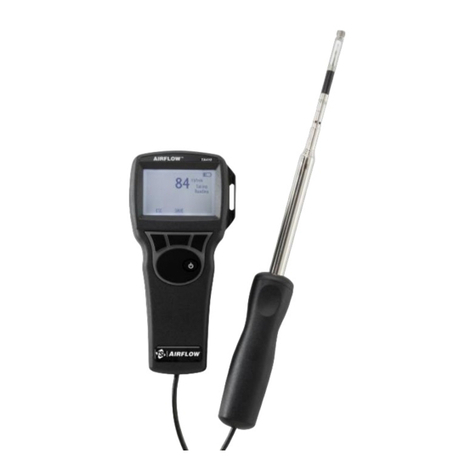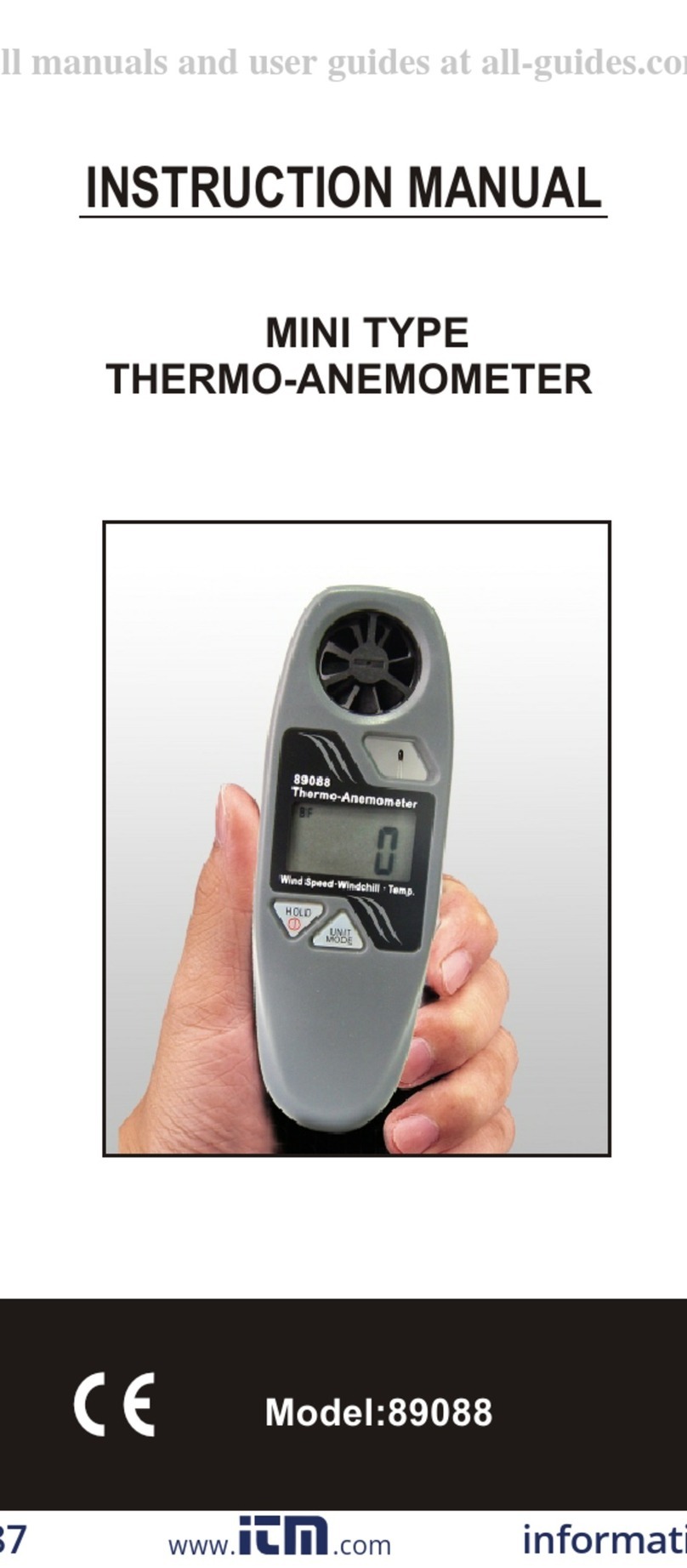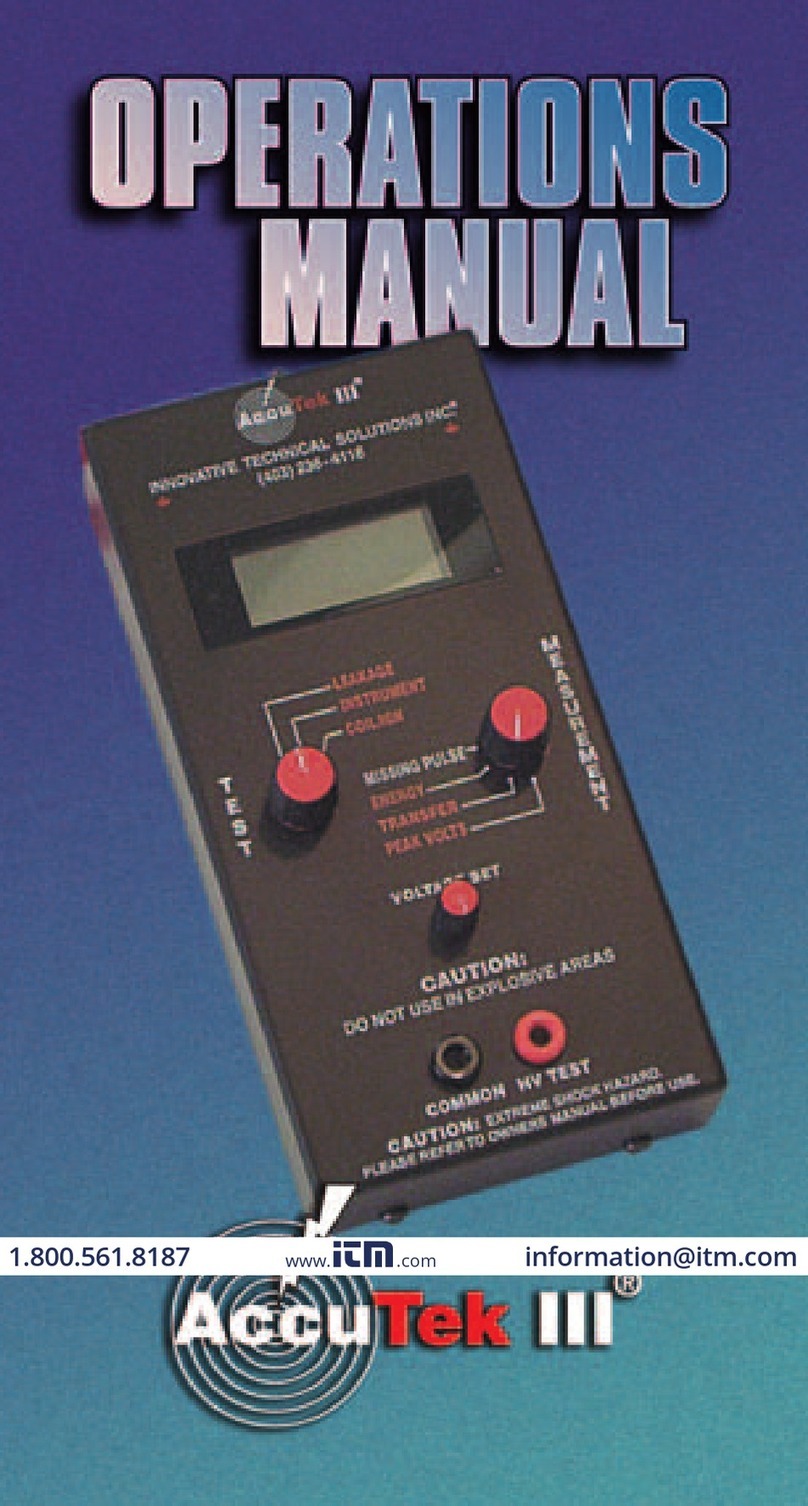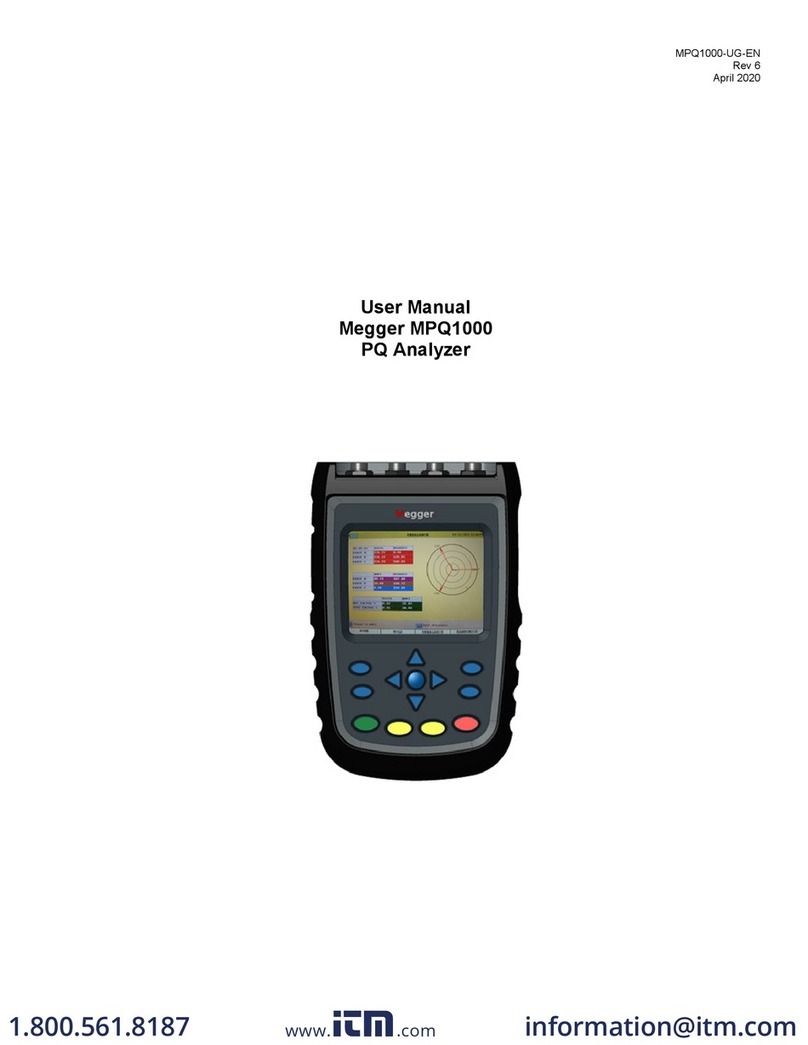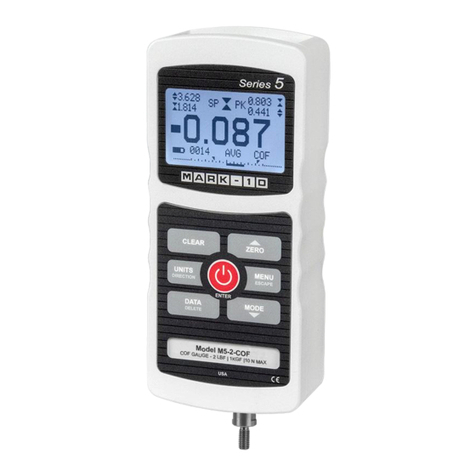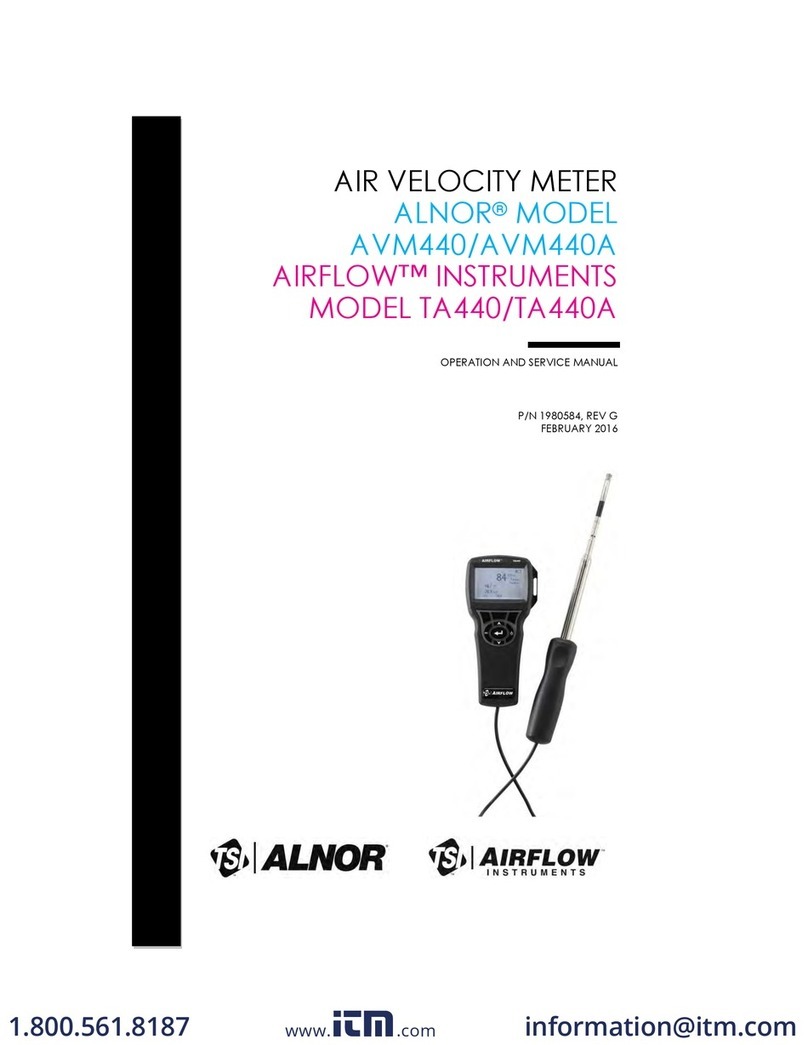HT9021
EN - 1
Contents:
1. SAFETY PRECAUTIONS AND PROCEDURES ..........................................................2
1.1. Preliminary ........................................................................................................................ 2
1.2. During use......................................................................................................................... 3
1.3. After use............................................................................................................................ 3
1.4. Measuring (overvoltage) categories definitions................................................................. 3
2. GENERAL DESCRIPTION ...........................................................................................4
2.1. TRMS and Mean value measuring instruments ................................................................ 4
2.2. True Root Mean Square value and Crest Factor definitions ............................................. 4
3. PREPARATION FOR USE ...........................................................................................5
3.1. Initial.................................................................................................................................. 5
3.2. Power supply..................................................................................................................... 5
3.3. Calibration ......................................................................................................................... 5
3.4. Storage.............................................................................................................................. 5
4. OPERATING INSTRUCTIONS.....................................................................................6
4.1. Instrument description....................................................................................................... 6
4.1.1. Command description................................................................................................................. 6
4.1.2. Alignment marks......................................................................................................................... 6
4.2. Function key description.................................................................................................... 7
4.2.1. H key........................................................................................................................................... 7
4.2.2. key ........................................................................................................................................ 7
4.2.3. MODE key .................................................................................................................................. 7
4.2.4. MAX/MIN key.............................................................................................................................. 7
4.2.5. Hz% key...................................................................................................................................... 7
4.2.6. PEAK/REL key ........................................................................................................................... 7
4.3. Functions of rotary switch description ............................................................................... 8
4.3.1. AC Voltage measurement .......................................................................................................... 8
4.3.2. DC Voltage measurement .......................................................................................................... 9
4.3.3. Resistance measurement......................................................................................................... 10
4.3.4. Continuity test and Diode test................................................................................................... 10
4.3.5. Capacitance measurement....................................................................................................... 12
4.3.6. Temperature measurement ...................................................................................................... 13
4.3.7. AC and DC Current measurement ........................................................................................... 14
4.3.8. Frequency and Duty cycle measurement................................................................................. 14
5. MAINTENANCE .........................................................................................................16
5.1. General informations....................................................................................................... 16
5.2. Battery replacement ........................................................................................................ 16
5.3. Cleaning .......................................................................................................................... 16
5.4. End of life ........................................................................................................................ 16
6. TECHNICAL SPECIFICATIONS ................................................................................17
6.1. Characteristics................................................................................................................. 17
6.1.1. Safety........................................................................................................................................ 18
6.1.2. General data............................................................................................................................. 18
6.2. Environmental conditions ................................................................................................ 19
6.2.1. Climatic conditions.................................................................................................................... 19
6.3. Standard accessories...................................................................................................... 19
6.4. Optional accessories....................................................................................................... 19
7. SERVICE....................................................................................................................20
7.1. Warranty conditions......................................................................................................... 20
7.2. Service ............................................................................................................................ 20
